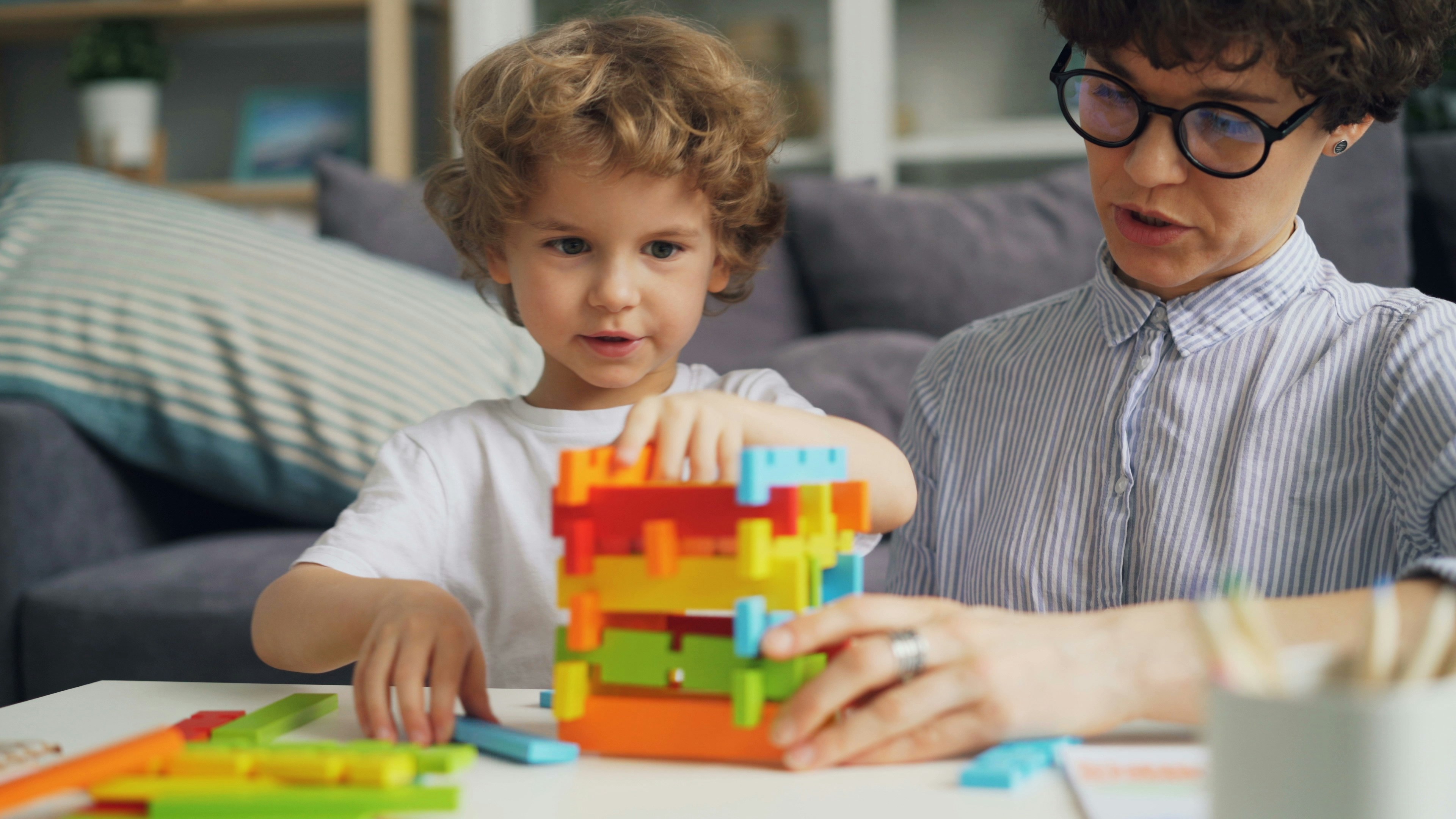How to Help a Dyslexic Child at Home
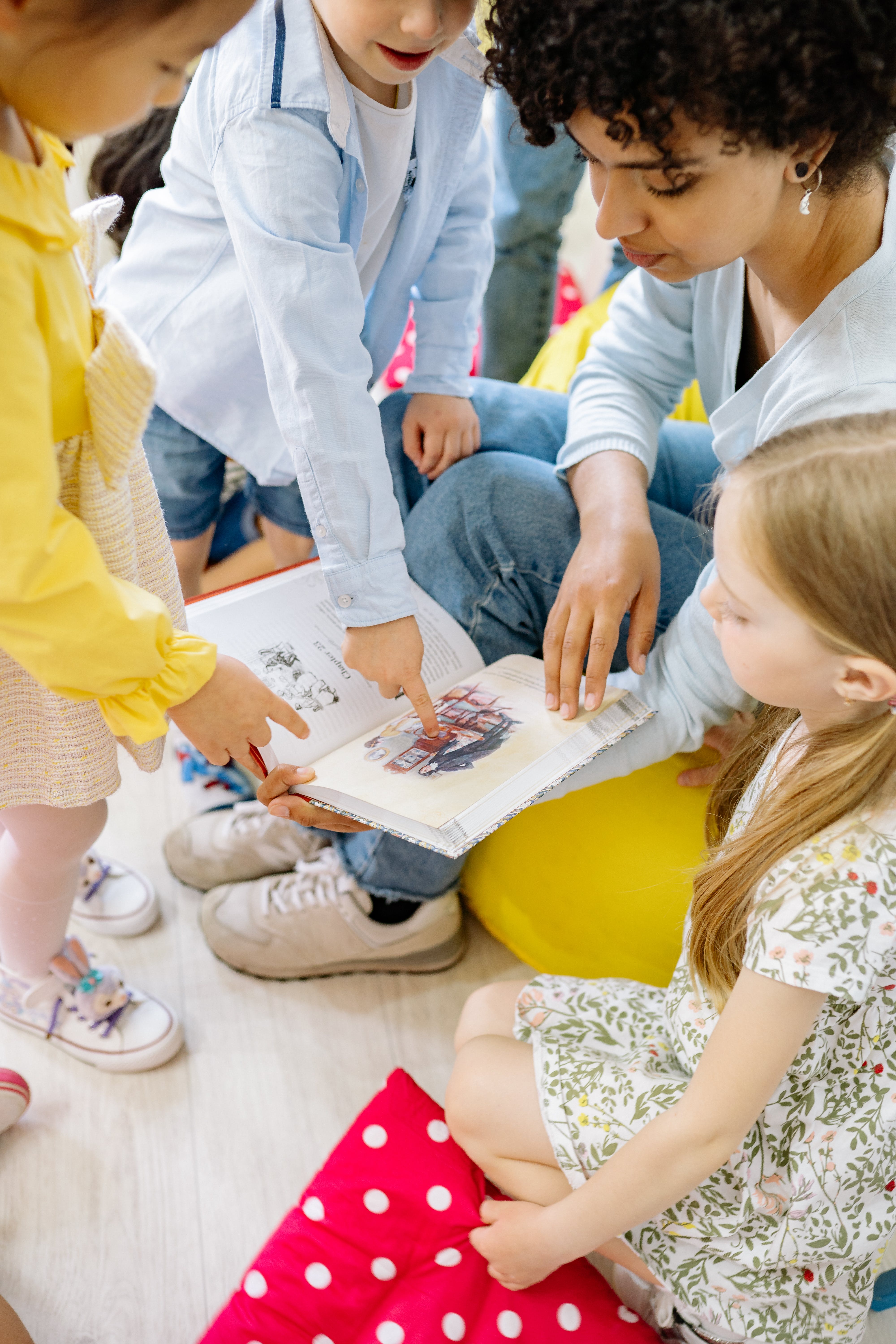

For parents seeking effective strategies to support children with dyslexia, early intervention is crucial. Although dyslexia is often diagnosed once children begin school, being aware of common signs at an early age is vital for providing the best possible support.
To aid in this journey, we've compiled a list of valuable tips and creative approaches to help these children thrive, even in the face of their challenges. Your dedication and care can make a significant difference in their lives.
Also read:
- How to Teach a Dyslexic Child to Spell
- Must Ask Questions for dyslexia friendly schools
- Frequently Asked Questions About Dyslexia
Let's go!
Sleep strategy

Ensuring that children with dyslexia receive adequate sleep is crucial for their healthy development and learning, according to our expert . Unfortunately, these children are more susceptible to sleep disorders, such as sleep latency and sleep apnea, which can hinder their rest.
However, the significant impact poor sleep can have on a child's learning processes, emphasizing the need to prioritize rest. To help them achieve better sleep, consider the following strategies:
- Establishing a Consistent Sleep Schedule: Setting a regular bedtime and wake-up time can help regulate a child's internal clock, making it easier for them to fall asleep and wake up refreshed.
- Creating an Ideal Sleep Environment: Ensure the sleeping space is comfortable, quiet, and conducive to relaxation. This can include choosing a comfortable mattress and maintaining a cool, dark, and quiet room.
- Limiting Screen Time Before Bed: Discourage the use of social media and electronic devices before bedtime, as the blue light emitted from screens can interfere with the body's natural sleep-wake cycle.
- Developing a Bedtime Routine: Establishing calming bedtime rituals, like reading a book or taking a warm bath, can signal to the child that it's time to wind down and prepare for sleep.
The optimal amount of sleep varies with age, as experts points out:
- Children (5-13 years old): They should aim for 9 to 12 hours of sleep within a 24-hour period.
- Teenagers (13-18 years old): They require a minimum of 8 to 10 hours of sleep each night.
Prioritizing sleep for children with dyslexia is essential for their overall well-being and learning. By implementing these strategies and ensuring they get the recommended amount of sleep, we can support their healthy development and academic success.
Give Appraisals
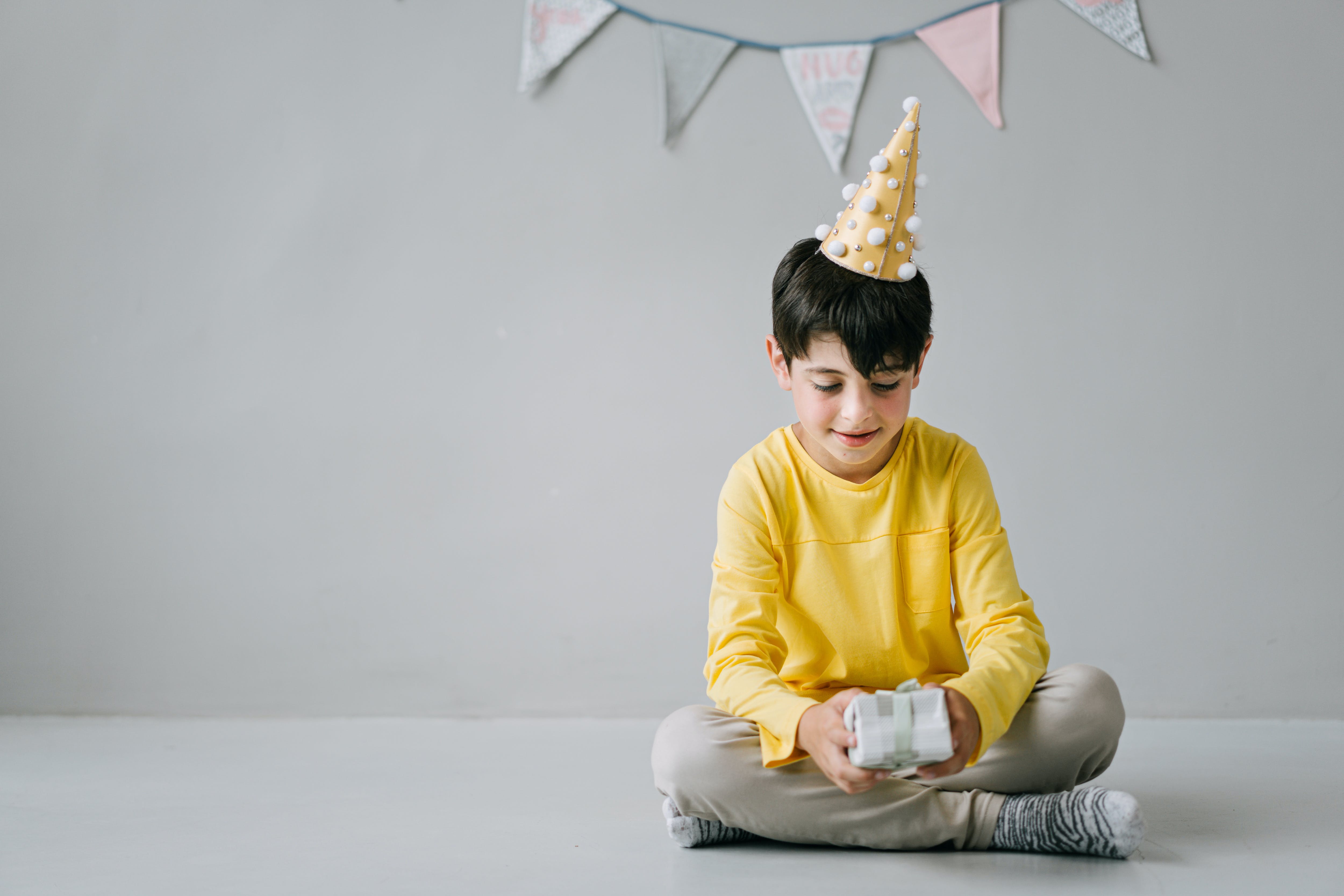
Dyslexia-related reading difficulties can have a significant impact on a child's self-confidence, as our expert explains. It's common for such children to feel they fall short in comparison to their peers, which can be disheartening.
However, emphasizes the importance of providing encouragement and praise to foster a positive learning environment. Rather than dwelling on their challenges, it's crucial to recognize and celebrate their successes and efforts, no matter how small they may seem.
By accentuating the positive aspects of their journey, you can empower your child to continue progressing. This not only nurtures their self-esteem but also bolsters their confidence in their own learning capabilities, encouraging them to move forward with enthusiasm.
Start Using mnemonic Device
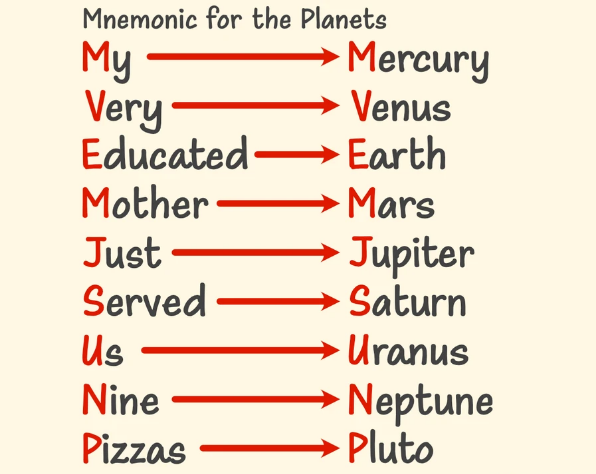
A mnemonic device, often referred to as a memory aid, is a helpful technique designed to assist in remembering information. These techniques can take various forms, such as:
- Spelling words through songs: Turning words into catchy tunes to make them easier to remember.
- Letter or word imagery: Creating mental images where letters or words resemble familiar objects, like visualizing the letter "d" as a dog.
- Acronyms: Using the initial letters of a series of words to form a memorable acronym.
- Rhymes: Employing rhyming patterns to recall information more easily.
Research from 2017 suggests that mnemonic devices can be particularly beneficial for children with dyslexia. Not only do these techniques aid memory retention, but they can also enhance problem-solving skills and reasoning abilities. Utilizing mnemonic devices at home can play a vital role in improving a child's learning progress, offering valuable support and encouragement along the way.
Also read Dyslexia Schools In Maryland
Home Tutor

During your child's summer break, it's a thoughtful idea to think about enlisting the help of a home tutor. The International Dyslexia Association suggests that this can be a valuable opportunity for your child to strengthen certain skills and prepare for the upcoming school year.
When choosing a home tutor, if possible, opt for one who is willing to maintain open communication with your child's teachers.
This collaboration ensures that the tutor can tailor their instruction to address your child's individual needs, creating a supportive and effective learning environment for your child.
Progress Tracking

Visual tools, like calendars, prove to be a valuable resource for monitoring a child's progress and tasks. According to our expert, these tools help place both successes and challenges into perspective, actively involving the child in their own learning journey.
Our expert explains that employing a calendar offers visual cues, guiding the child in how to approach their learning process effectively. Tasks and learning-related activities can be marked on the calendar to aid in this process.
As highlighted by our expert, when minor learning accomplishments are visually represented on the calendar, it serves as a source of encouragement and a reason for celebration.
In a similar manner, when difficulties are visually displayed, it enables the child to gain a clearer understanding of what areas require further attention and work. This approach fosters a positive and informed approach to learning.
Repetition
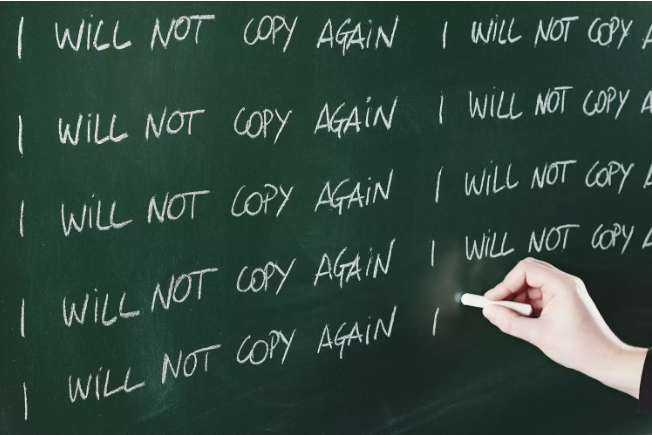
Repeating and reviewing skills is a beneficial approach to support children with dyslexia. One effective method for achieving this is through a practice known as "repeated reading." As explained by research, this technique is designed for children facing challenges in reading. It involves the act of reading the same passage multiple times, with the goal of enhancing reading fluency. By engaging in this practice, children with dyslexia can make strides in their reading abilities and become more confident in their skills.
‘Sight Word’ Strategy
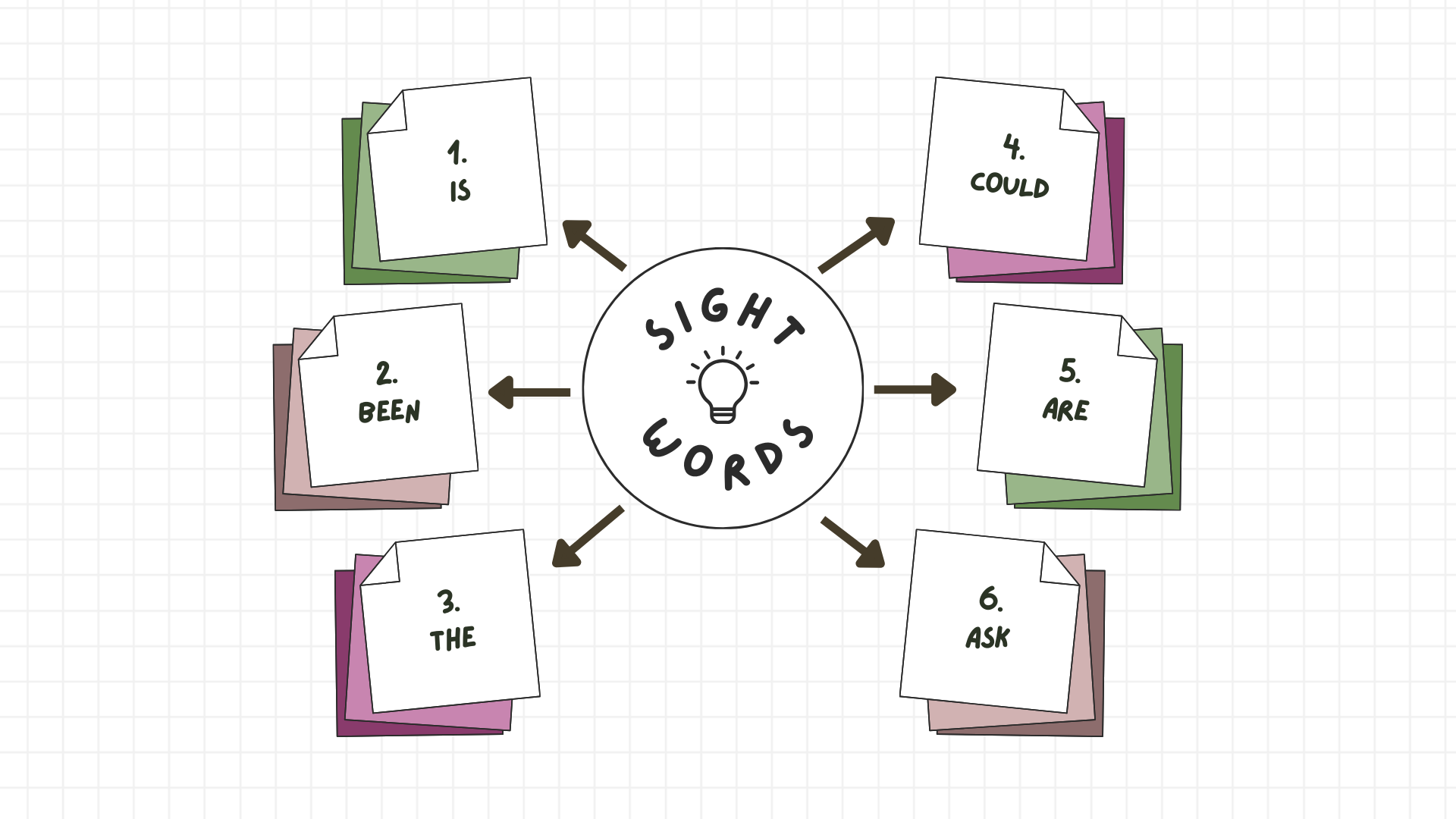
Sight words are common words frequently used in written language and books. They are called "sight words" because the ability to recognize them at a glance is crucial for developing strong reading skills. Examples of sight words include words like "is," "been," "the," "are," and "could."
Children with dyslexia may find it challenging to recognize these sight words, despite their frequent appearance in written text. However, as expert explains, mastering these sight words is vital for children with dyslexia, as they can serve as foundational building blocks for improving reading fluency.
Therefore, incorporating sight words into your children's learning program is an essential step to support their reading development and overall literacy.
Study Space Creation

Creating a nurturing and understanding environment is paramount for effective learning, particularly for children dealing with learning disorders, which includes those with dyslexia.
In this supportive atmosphere, parents and caregivers play a crucial role in exercising patience since every child progresses at their own unique pace.
By doing so, you establish a space where your child can learn in a manner that suits them best, fostering a positive and comfortable learning experience.
Read Together
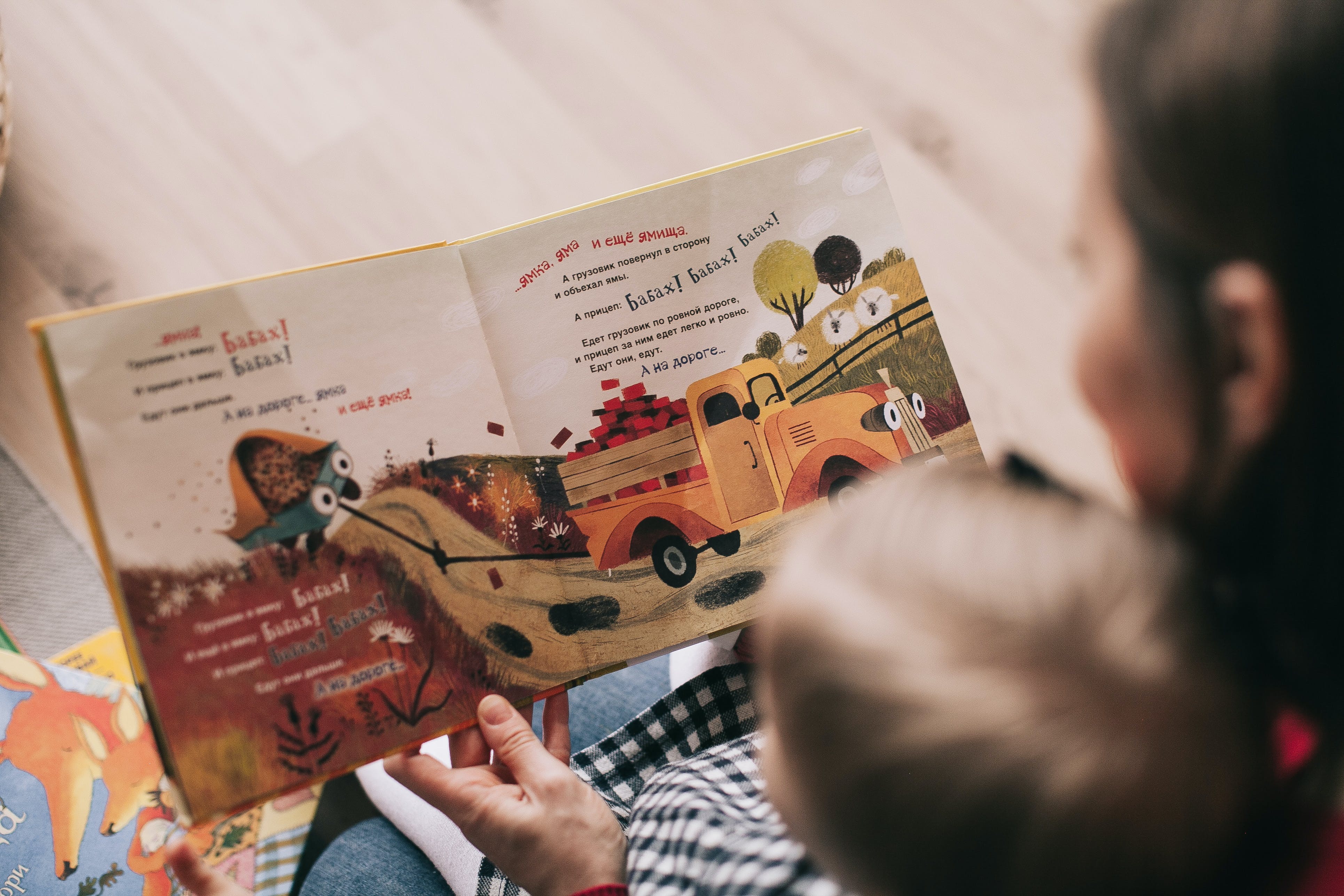
Reading with your child on a daily basis is a meaningful activity that not only strengthens the bond between you but also contributes to your child's long-term learning capabilities.
According to expert, this shared learning experience fosters both development and growth, aligning with enhanced reading skills. Additionally, it helps children establish a sense of security in their learning journey, ultimately encouraging them to embark on independent reading with confidence and enthusiasm.
Multisensory Approach
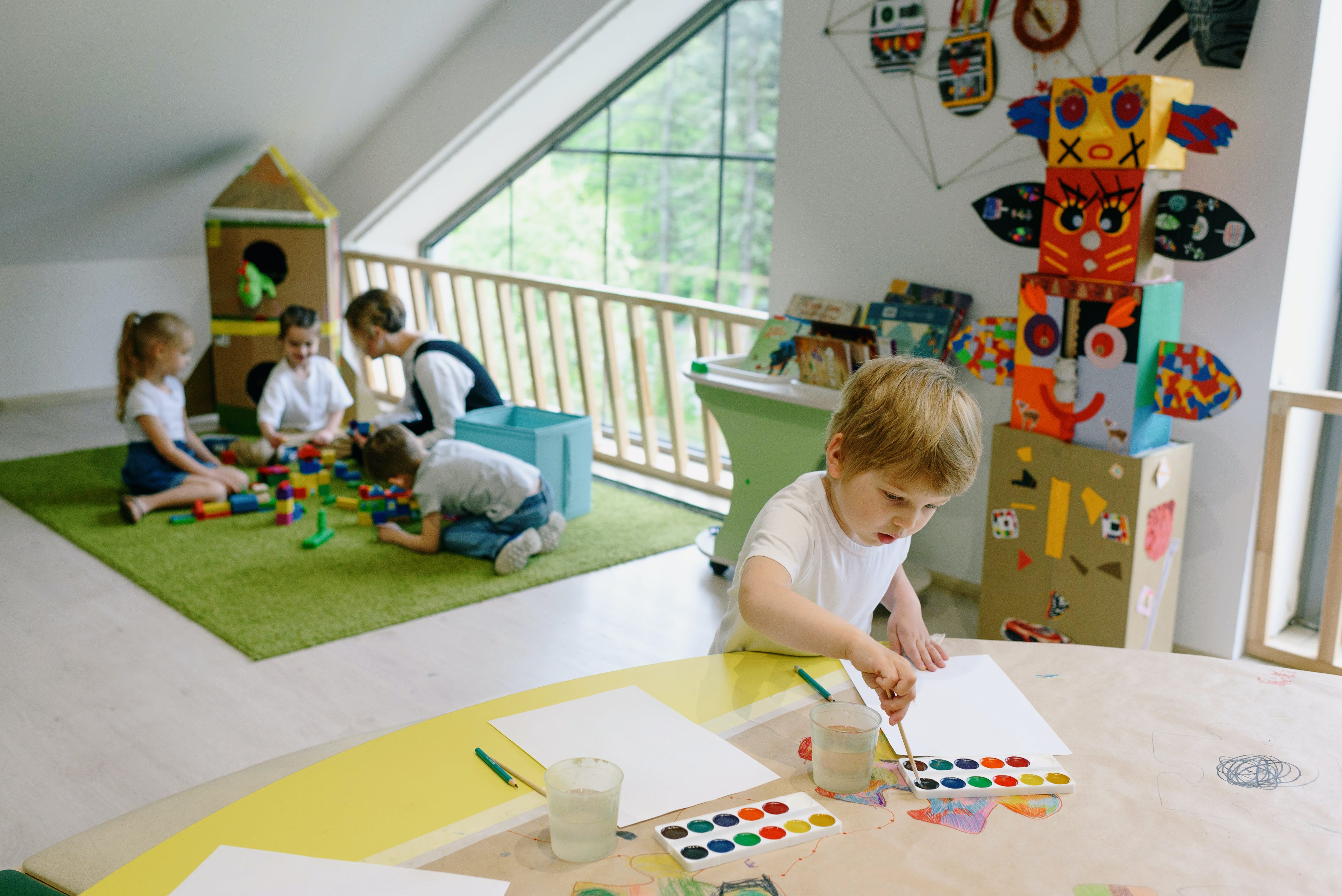
Multisensory learning involves engaging more than one of a child's senses simultaneously, which is especially effective for children with dyslexia due to how their brains work.
For instance, if a child reads a book, they are using the sense of sight. However, if they read along with an audiobook, they engage two senses - sight and hearing, resulting in more effective learning and retention.
An effective multisensory activity should encompass at least two sensory modalities, such as visual (seeing), auditory (hearing), kinesthetic (movement or muscle engagement), and tactile (touch or feeling).
Here's an example of how you can apply multisensory learning for alphabet work:
- Arrange the alphabet letters in an arc shape.
- Sing the alphabet song while touching each letter in sequence.
- Introduce the letter by taking items from a bag that start with the same letter.
- The learner explores and names the objects, ensuring they match the target letter.
- Identify the letter's sound and name.
- Demonstrate how to write the letter on a whiteboard.
- The learner practices forming the letter in various sensory materials like sand, shaving foam, or wiki sticks.
Multisensory learning is beneficial for children of all ages. For older children, it can involve activities like taking a virtual tour of a museum, such as the British Museum, to explore subjects like Ancient Egypt while discussing the topic in real-time.
Many museums offer free virtual tours on their websites, making it a readily accessible option. There's a wealth of information available on multisensory teaching, offering diverse and engaging approaches to enhance the learning experience.
Wrap Up
Dyslexia is frequently diagnosed in early childhood, often when a child begins their reading education. However, with proper support and condition management, children with dyslexia can thrive.
Caregivers play a crucial role in providing this support by creating a nurturing learning environment and monitoring progress through a calendar.
Additional techniques that can aid children with dyslexia include reading together, repetition, using mnemonic devices, offering praise, and focusing on sight words. Adequate sleep and working with a tutor can also be immensely helpful.
If you suspect that your child may have dyslexia, it is advisable to seek the guidance of a mental health professional. They can evaluate your child, provide a diagnosis, and offer valuable insights to guide your child's learning journey, ensuring they receive the support they need to succeed.
Also read:

